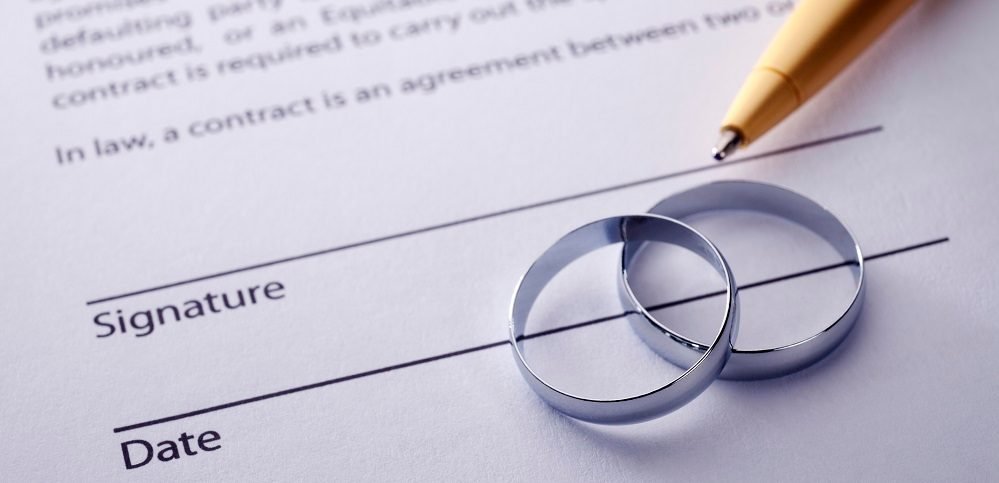Changing your name after marriage isn’t difficult, but it does need a lot of paperwork. Here’s a checklist to help you get started.

Although there is no legislation mandating a name change after marriage, it is nonetheless a prevalent practise in the United States—and not only for women. Men are increasingly assuming their spouses’ surnames, and in the case of same-sex marriages, some partners decide that having one family surname is advantageous, especially when children are involved.
Changing your last name after marriage is typically not difficult, but it does need some organisational skills as well as a lot of patience while you deal with paperwork and government agencies.
Table of Contents
Here are some general recommendations for changing your name after marriage.
Country by Country
To begin, keep in mind that name change laws differ by jurisdiction, so always double-check which rules and regulations apply to your scenario. In most states, however, a legal name change after marriage may be performed by merely filling out simple documents and without the participation of a court.
One caveat: certain states have distinct name changing processes for everyone except women who take their husband’s surname after marriage (which includes hyphenating). As a result, in the following cases, a formal name change petition may be required to be filed with the court:
A guy adopting his wife’s surname
A couple that chooses a last name that is not the same as either partner’s
A same-sex marital partner who changes his or her surname
Certificate of Marriage
Your marriage certificate is the most significant document in the name change procedure. You’ll need numerous certified copies, which you may get from the clerk of the county where you were married.
If your state issues both long- and short-form marriage certificates, ask for the long form.
The Social Security Administration
After you’ve obtained certified copies of your marriage certificate, go to the Social Security Administration and download Form SS-5 (PDF), which you’ll need to fill out and bring in person to your local Social Security office.
You should present a certified copy of your marriage certificate, as well as additional evidence of your identification and citizenship or valid immigration status (driver’s licence or passport), together with the completed form.
Driver’s Permit
Because most individuals use their driver’s licence as their primary form of identification, you’ll want to get your name changed on it as well. Again, Departments of Motor Vehicles (DMV) standards differ widely, so be sure to verify what your state needs before embarking on this journey.
Some DMVs may simply need your marriage certificate, however others may want a copy of your new Social Security card. Furthermore, some may need you to submit a full new application and even get a new photograph. The same procedure is normally used when obtaining a state-issued identity card.
While you’re at the DMV, you may as well learn how to alter the name on the titles of any automobiles you own.
Anything Else
Keep in mind that any name change after marriage necessitates changing your name on all official papers, including, but not limited to, the following:
Passport
Accounts at a bank and other financial/investment institutions
Cards de crédit
Mortgages/deeds/leases
Policies of insurance
Bills for utilities
Phone and cable bills
Loans for students
Payroll and retirement plans, as well as school/work schedules
Registration to vote
The state’s tax authority (IRS is notified automatically through the SSA)
Doctor/attorney
Professional licencing commissions/assocations
Subscriptions to magazines
This may also be a good opportunity to purge your wallet of any membership cards, from libraries and grocery shops to gyms and clubs, and get your name changed on all of them.
Because each stage in the name change procedure might take several weeks, it’s better to start as soon as possible, particularly if you’ll need a new form of identification for an impending vacation or anything similar.
